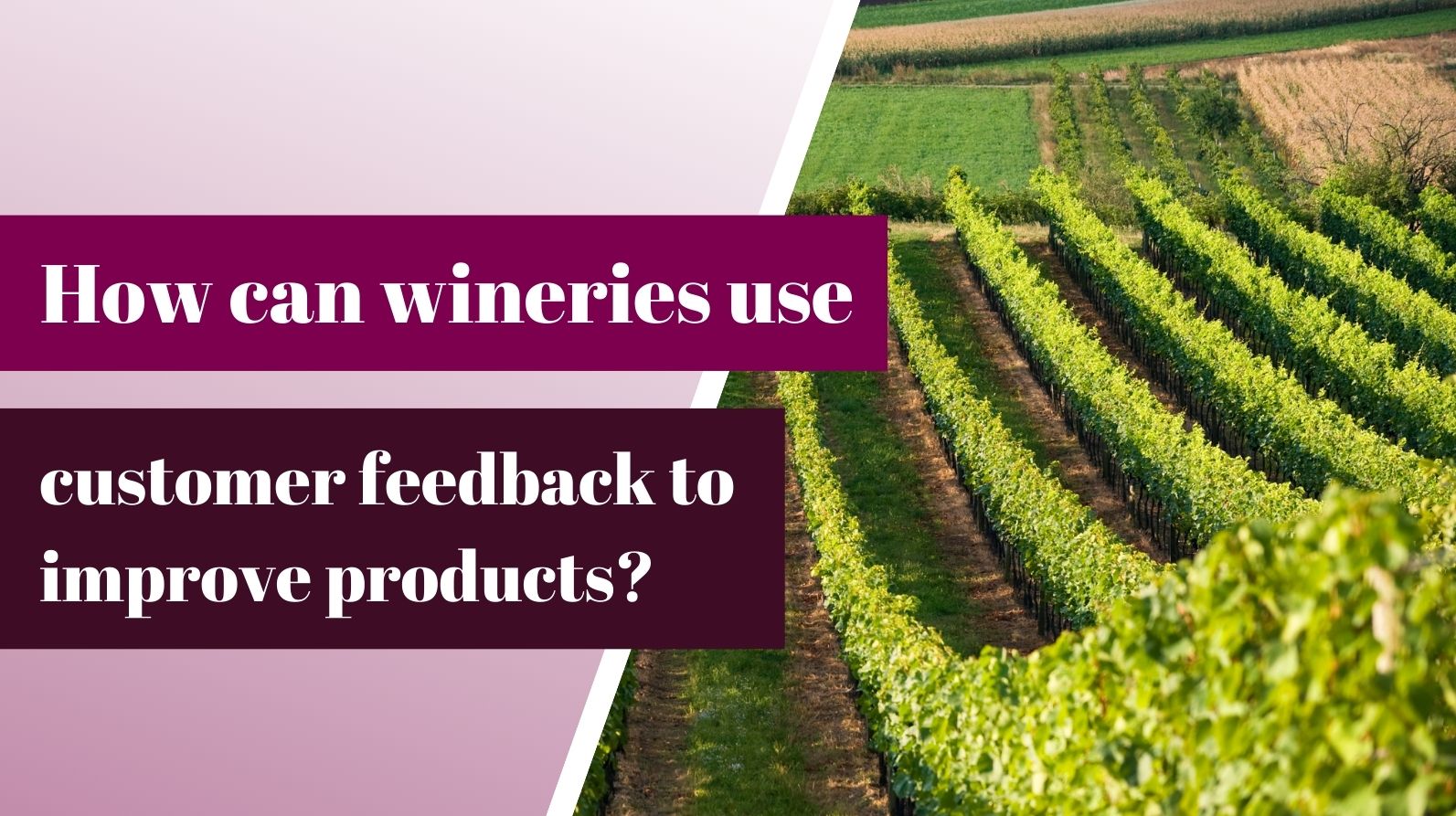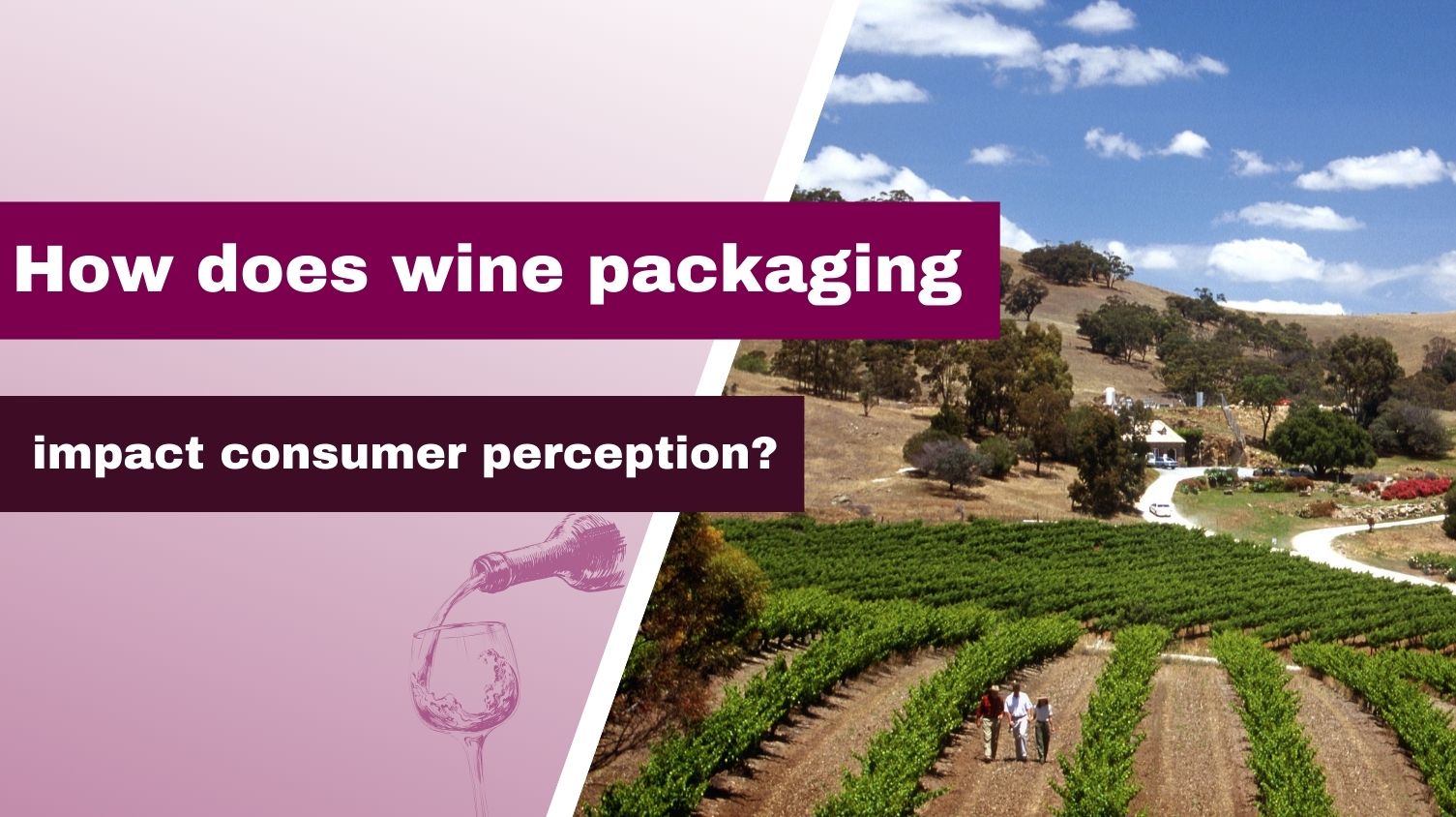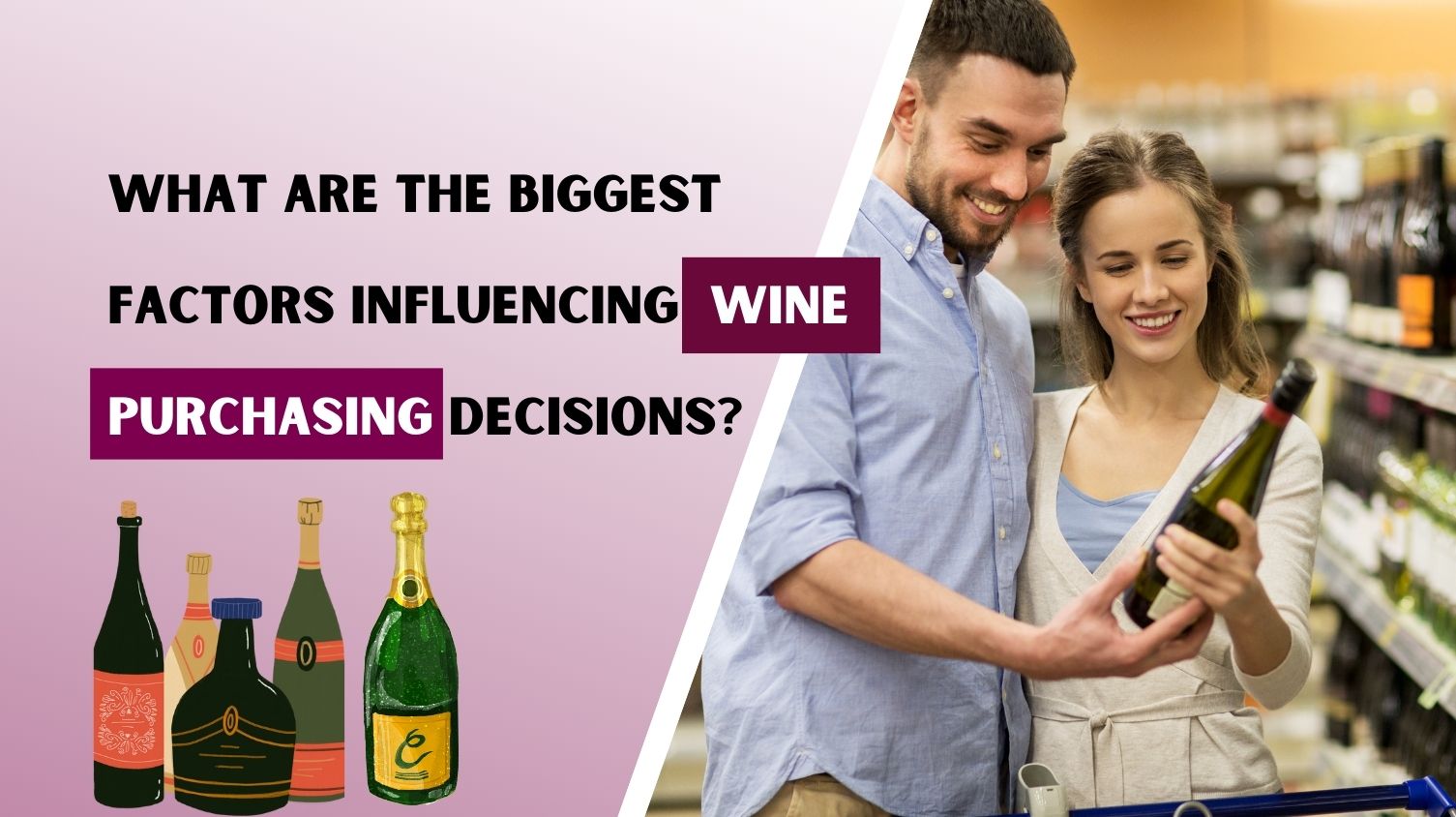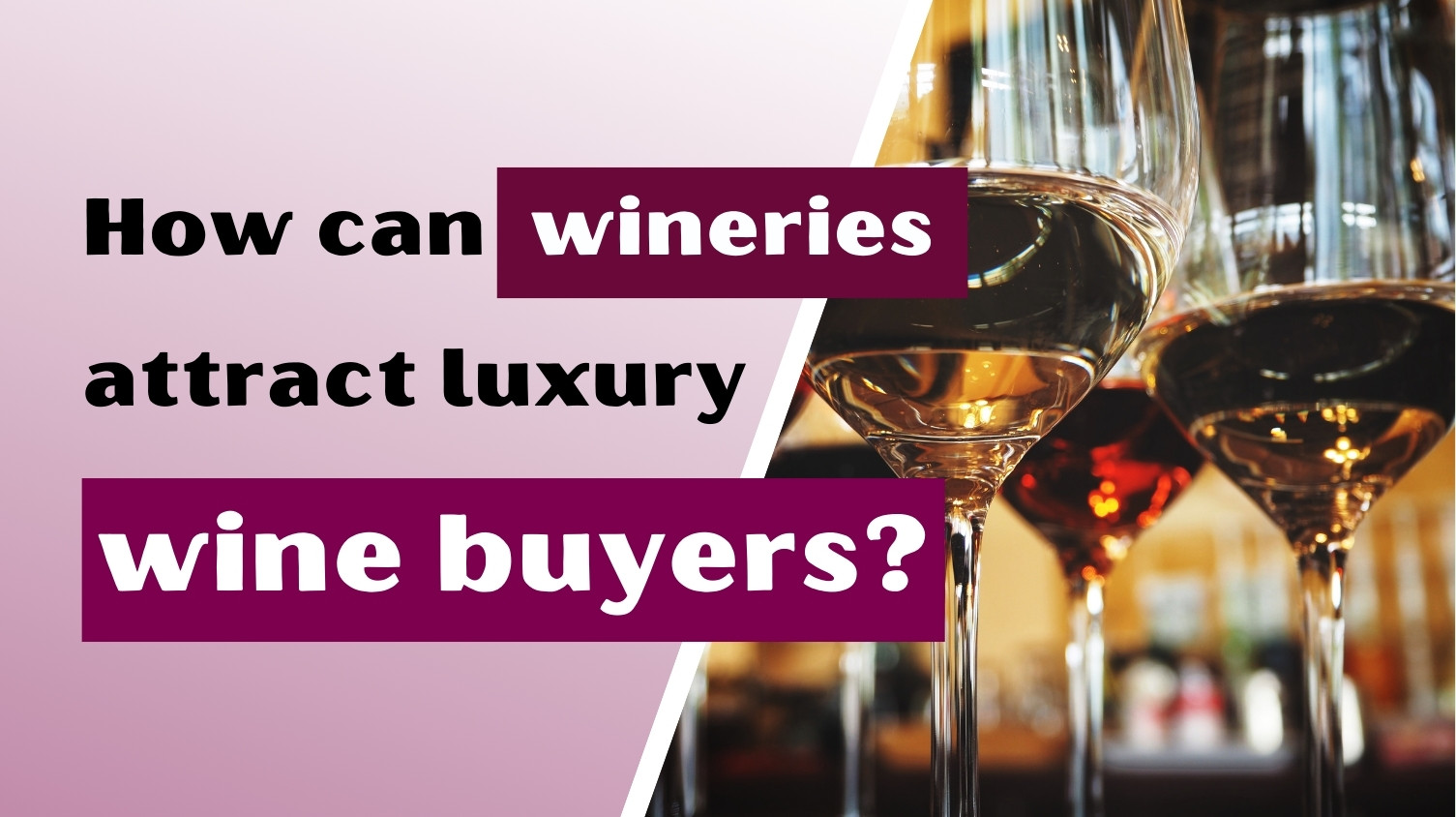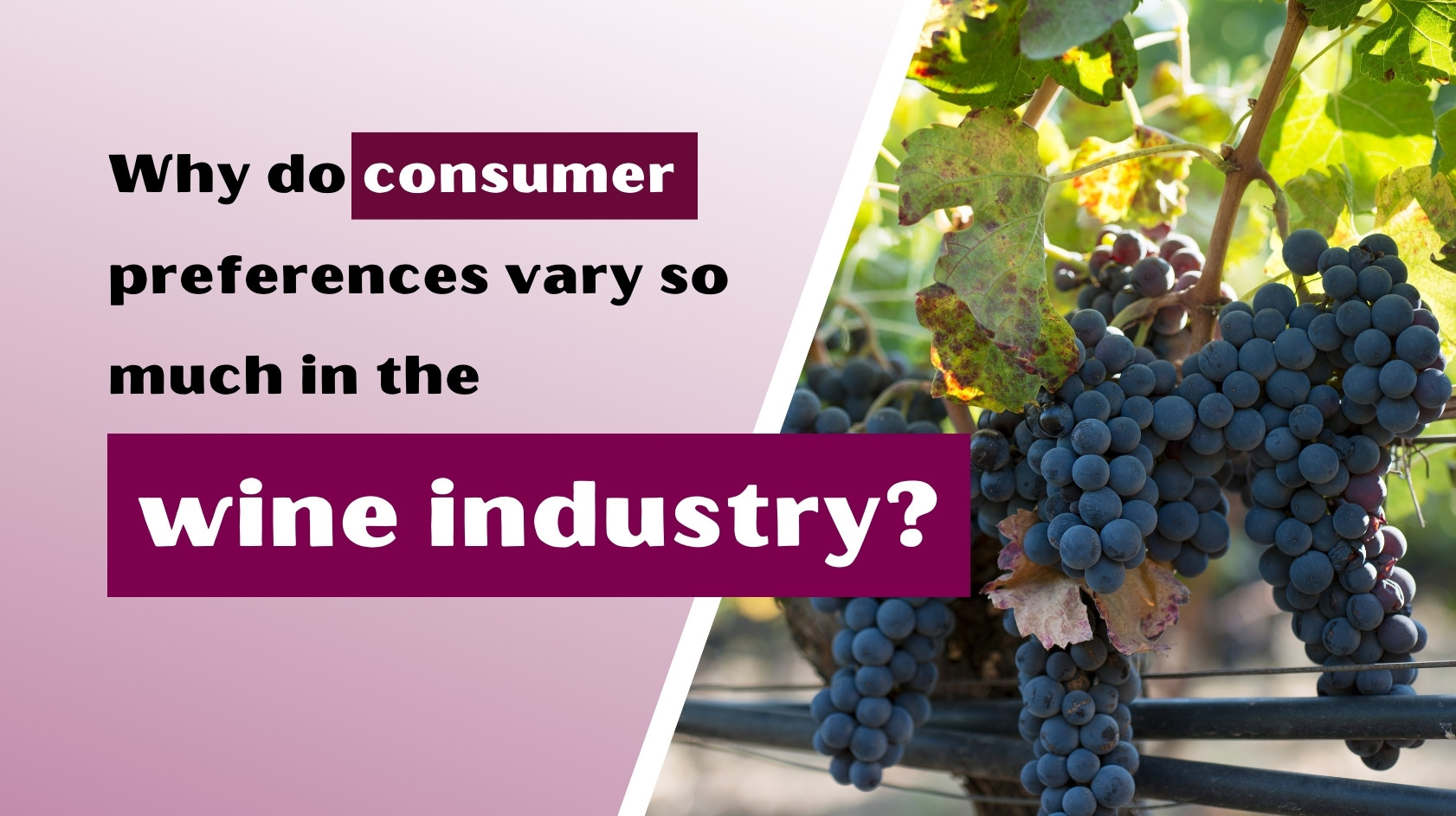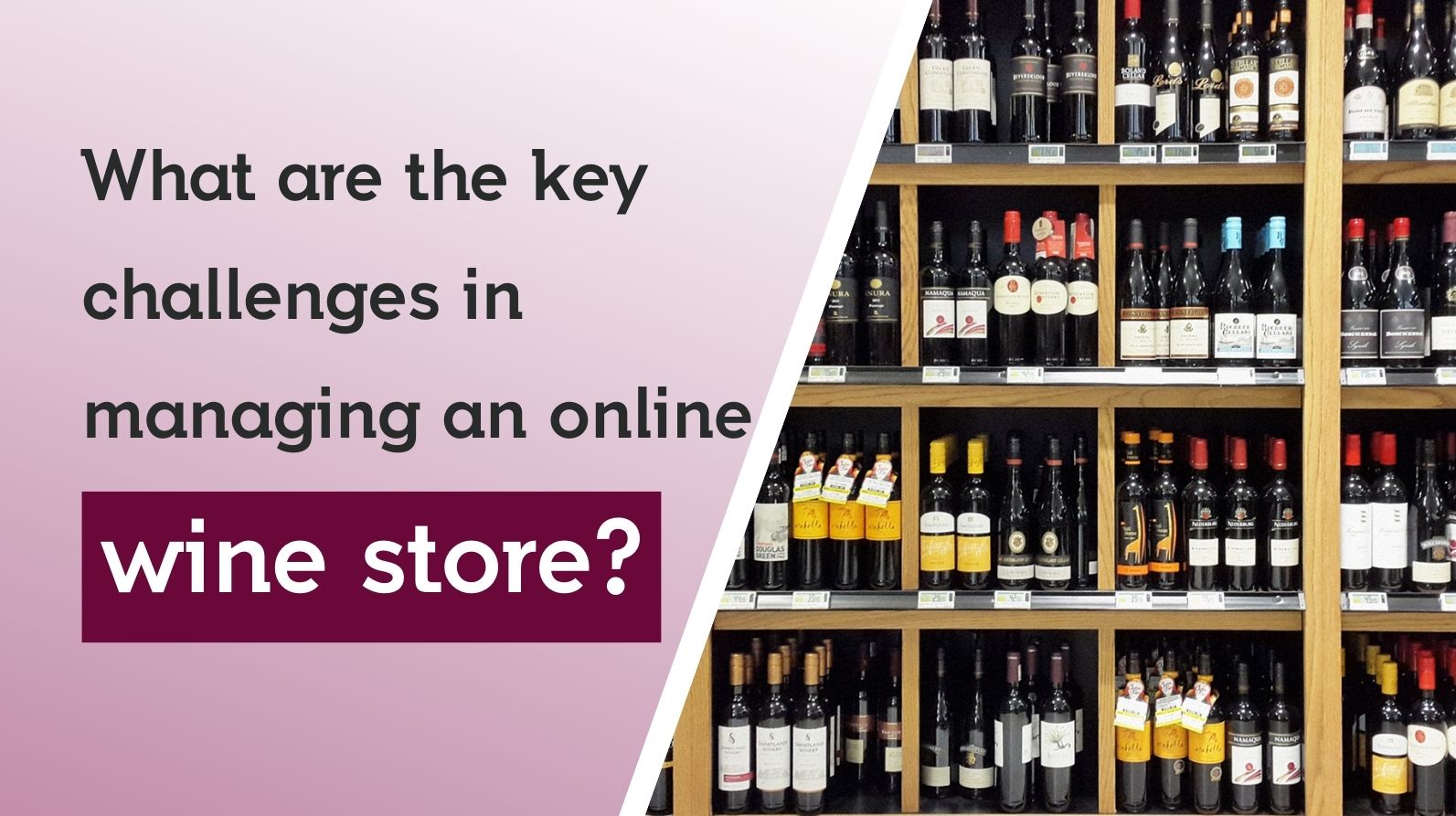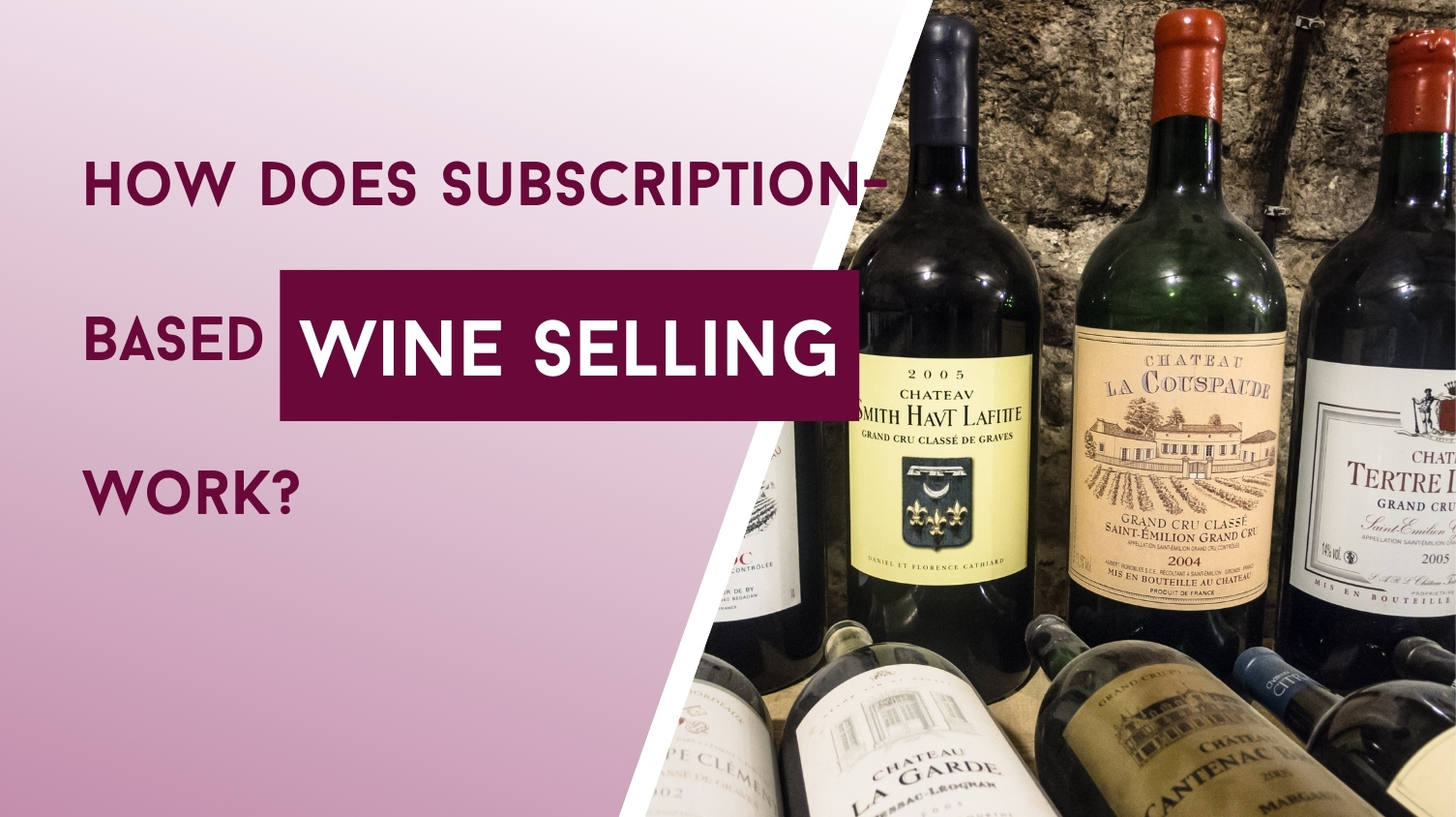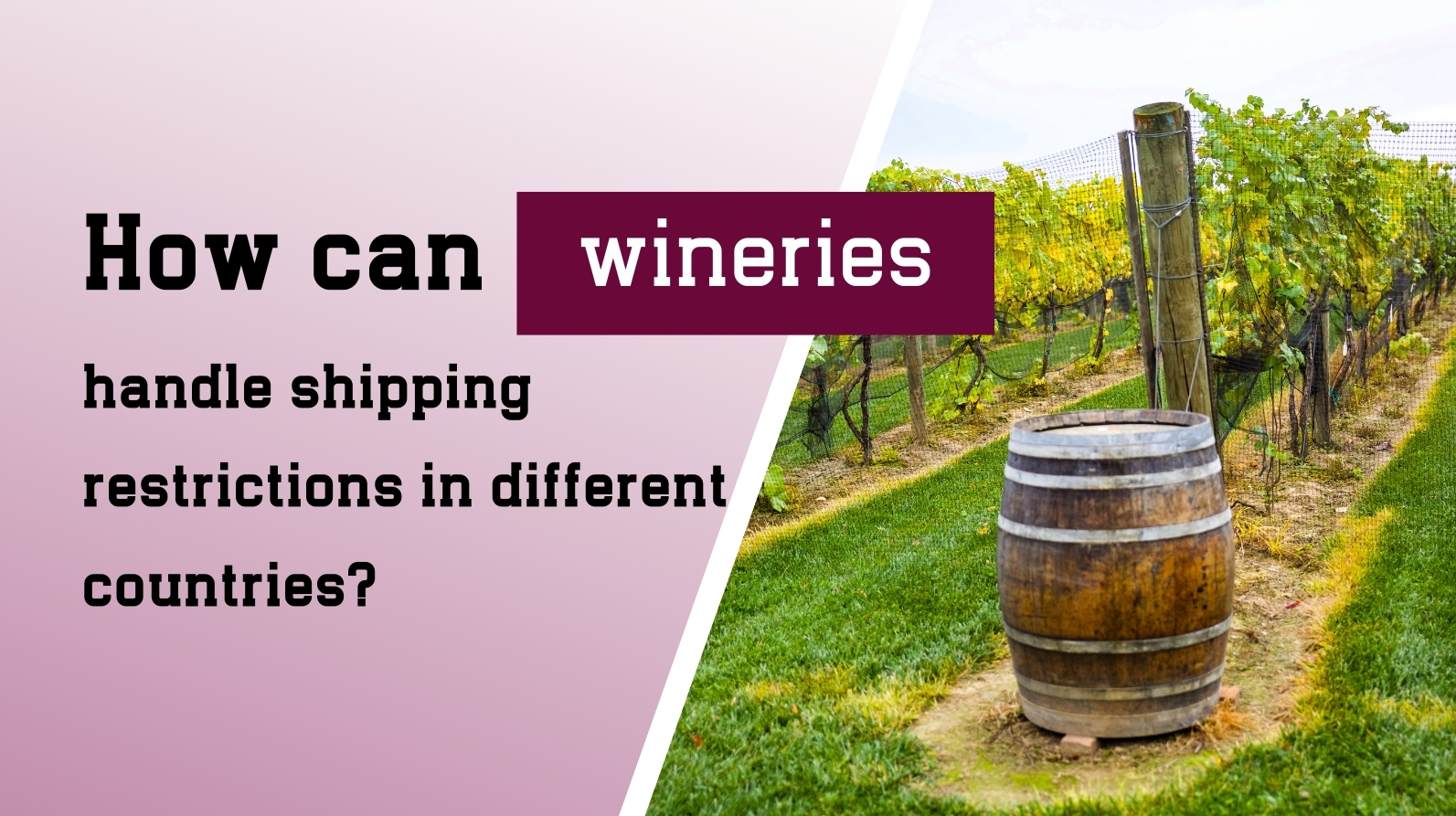Why Do People Choose Certain Wine Brands Over Others?
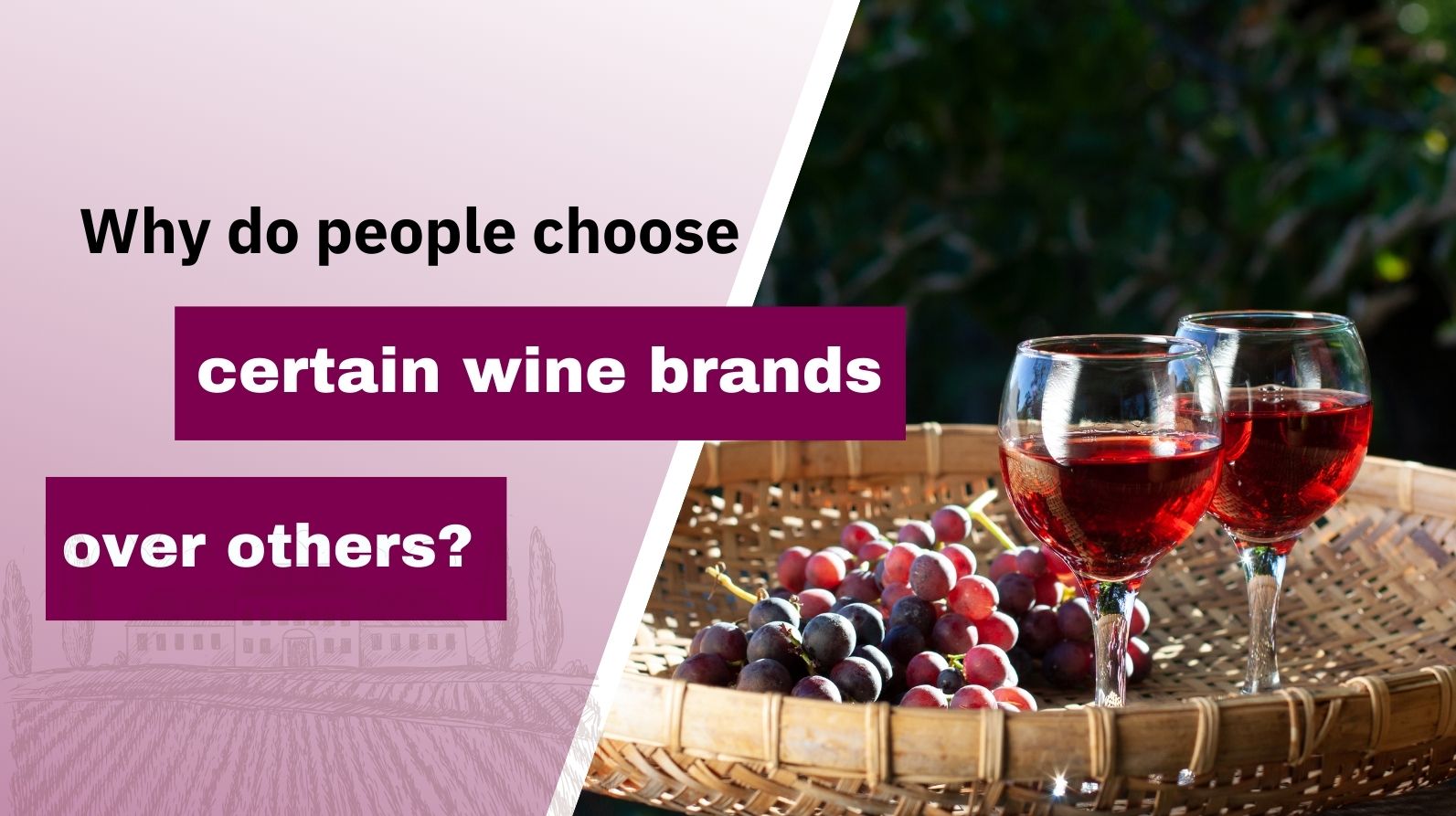
Why Do People Choose Certain Wine Brands Over Others?
The wine world is full of options—from elegant reds to sparkling whites, from small vineyards to global labels. But with so many choices, why do people pick certain wine brands over others? Sure, taste plays a role, but that’s just one part of the story.
Let’s explore the real reasons behind people’s wine preferences—and what makes one label stand out while others are left behind.
The Power of Brand Reputation and Trust
Awards and Critical Acclaim
In the wine world, reputation goes a long way. Brands that win awards or receive praise from wine critics often earn the trust of consumers quickly. These gold medals and high ratings tell buyers, “This is a wine worth trying.” People feel safer buying a bottle that experts recommend.
Building Loyalty Through Positive Experiences
If someone tries a wine and loves it, they’re more likely to stick with that brand. Just like a favorite snack or shampoo, people enjoy consistency. One great experience can create a loyal customer for life.
Taste and Consistency Matter Most
Matching Flavor Preferences
Taste is still the number one reason people choose a wine. Some prefer a fruity, sweet wine. Others like it dry and bold. Once people find a flavor they love, they tend to stick with it—and the brand that delivers it.
Importance of Standardization in Taste
Big wine companies use advanced tools to make sure each bottle tastes the same. That way, if you liked their wine last month, you’ll enjoy it again this month. This reliability builds trust.
Impact of Branding and Wine Label Design
First Impressions Count
The way a wine bottle looks matters. In a store full of choices, a pretty or interesting label grabs attention. A clean, classy design might appeal to older buyers. A bold, artsy look might attract younger customers.
Storytelling Through Packaging
Labels often tell a story—about a vineyard in Italy, a family tradition, or even a quirky joke. People love these little stories, especially when they feel a connection to them.
Price and Value for Money
Budget-Friendly vs. Premium Wines
Some wine lovers prefer affordable bottles they can enjoy every day. Others are happy to pay more for something special. But even when spending more, people want to feel like the wine is “worth it.”
How Discounts Influence Choices
Sales and discounts can sway decisions too. A $20 bottle marked down to $12? That feels like a win! Many people try new brands during promotions and stick with them if they enjoy the taste.
Wine’s Origin and Cultural Authenticity
Terroir and Regional Identity
Where a wine comes from matters. Some people love French wines because of their history. Others seek wines from Chile, California, or New Zealand. The land, climate, and region give wine its unique taste—called terroir.
Heritage and Family-Owned Wineries
Wines from small, family-run farms often carry charm. They seem more personal, and people enjoy supporting family businesses with real stories.
Social Influence and Peer Recommendations
Role of Reviews and Word-of-Mouth
Many people read online reviews before buying wine. Apps like Vivino or websites with star ratings help guide choices. Even a friend’s casual “You’ve got to try this wine” can influence a decision more than any ad.
Wine Tastings and Events
Wineries and stores often hold tastings. These events help people try before they buy. When people enjoy wine in a fun, relaxed setting, they remember it—and buy it again.
Sustainability and Eco-Conscious Choices
Organic and Biodynamic Practices
More people care about how their wine is made. Organic wines—made without harmful chemicals—are becoming more popular. Biodynamic wines go even further, using nature-based farming methods.
Ethical Sourcing and Environmental Impact
Buyers also look at how eco-friendly a brand is. Do they use recycled bottles? Solar power? Local ingredients? These efforts appeal to younger, more environmentally aware drinkers.
Online Presence and Modern Marketing
Engaging Through Social Media
Many wine brands now have active Instagram, TikTok, or Facebook pages. They share behind-the-scenes looks, pairing tips, or fun stories. These help people feel connected to the brand.
Using SEO and Content Marketing
Some wine companies also publish blogs, videos, or pairing guides. This content not only informs but also builds trust and keeps their brand high on Google search results.
Access and Availability of Wine Brands
Importance of Distribution Channels
Sometimes, people just buy what they can find. If a brand is on grocery store shelves, restaurant menus, or wine shop displays, it’s more likely to be chosen. Being easy to find is half the battle.
Role of Wine Clubs and Subscriptions
Wine clubs and monthly boxes introduce new wines to people who like trying something fresh. If someone enjoys what they get in the mail, they may continue buying that brand.
Lifestyle Alignment and Emotional Connection
Reflecting Personal Identity
Some people choose wine like they choose clothes. It reflects who they are—or who they want to be. A trendy brand might appeal to a young professional. A rustic wine may attract someone who values tradition.
Creating Lasting Memories
Wine is tied to emotion. A bottle shared on a honeymoon or a family dinner can create special memories. People often rebuy the wine linked to those happy times.

